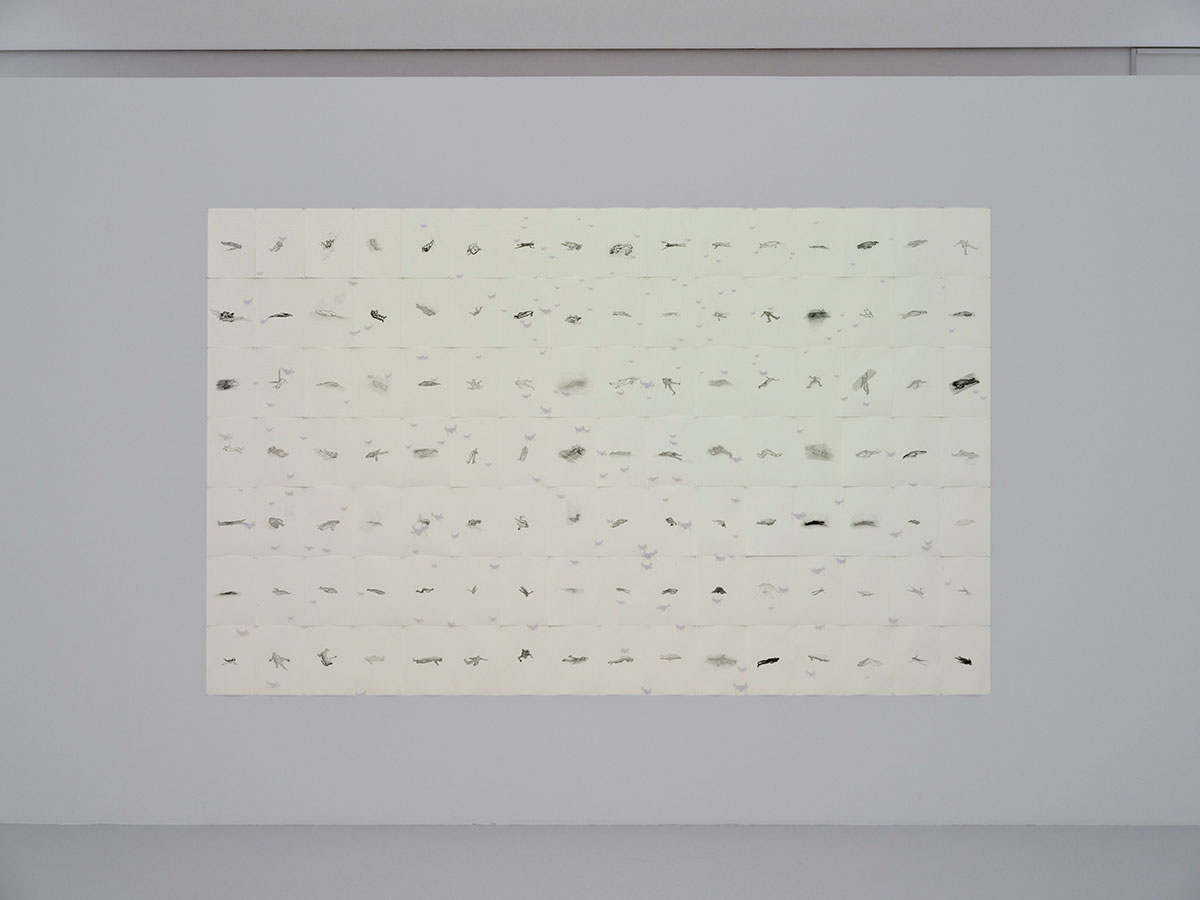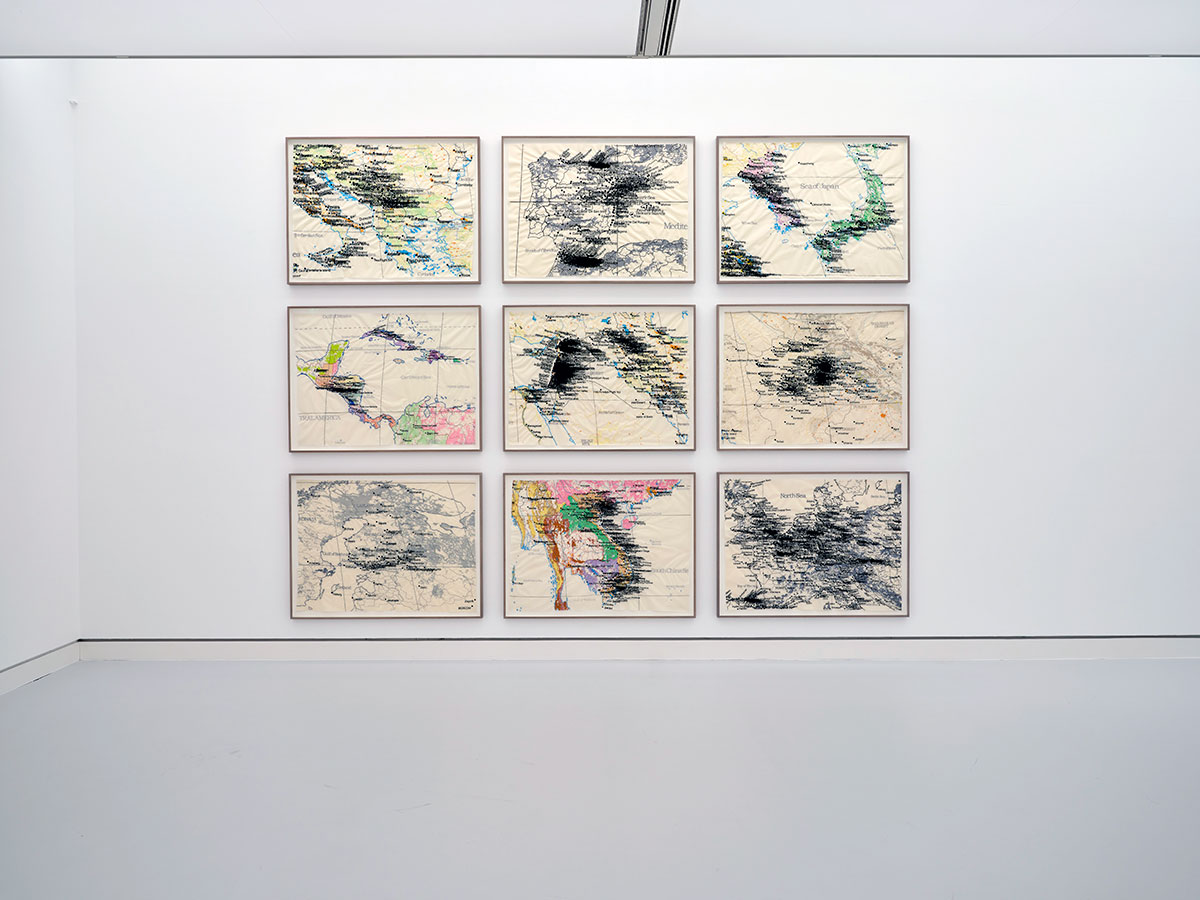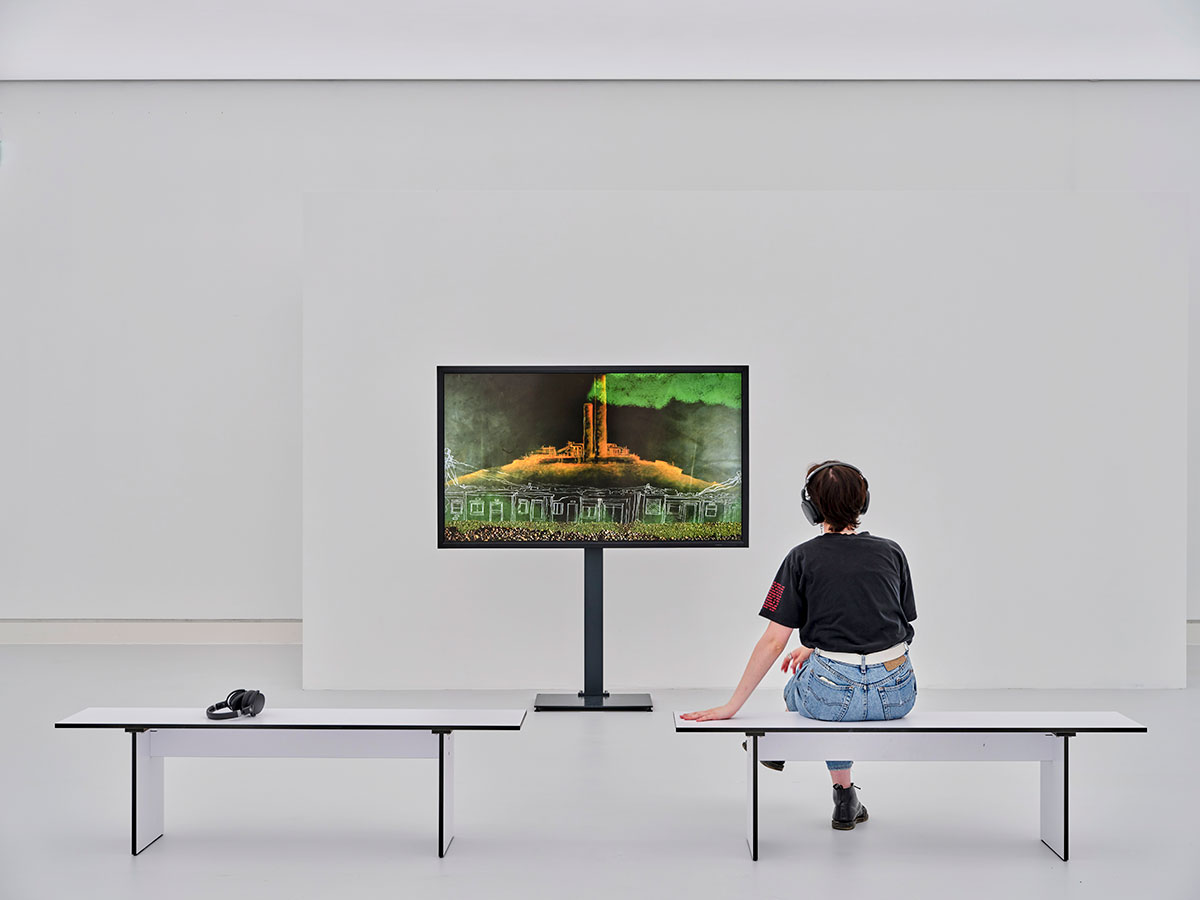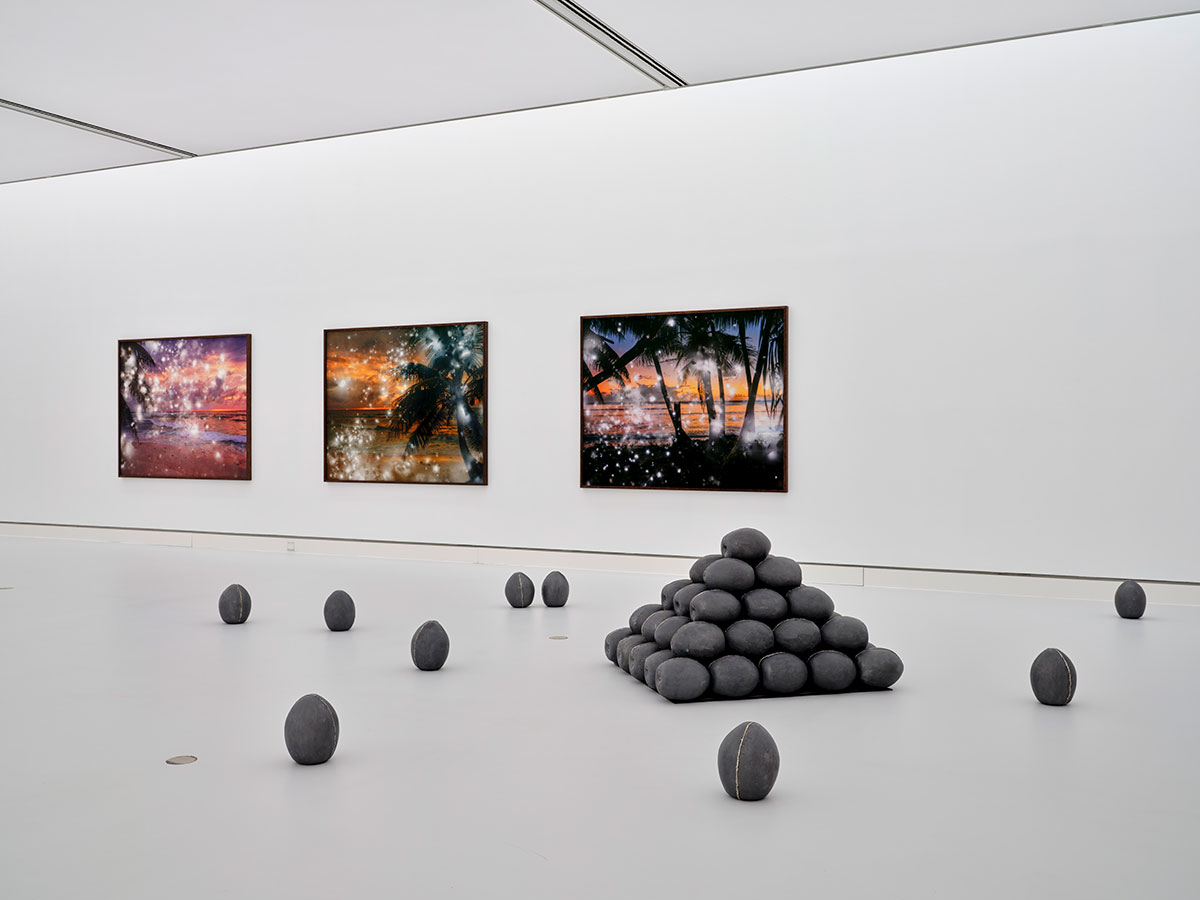PRESENTATION: Homosphere
 The exhibition “Homosphere” addresses this ubiquitous but invisible sphere, interpreting it as a space for what is unknown or unexpected, for the frequently clandestine attacks not only on the human organism but also on people, society and nature – and as such it is a potential danger zone within the earth system.
The exhibition “Homosphere” addresses this ubiquitous but invisible sphere, interpreting it as a space for what is unknown or unexpected, for the frequently clandestine attacks not only on the human organism but also on people, society and nature – and as such it is a potential danger zone within the earth system.
By Dimitris Lempesis
Photo: Kunsthalle Mainz Archive
Human beings operate within the homosphere, which is literally our airspace. This is the section of the earth’s atmosphere closest to the earth, where the composition of the air is quite constant. It encompasses the entire globe and extends up to the point where space begins. Airspace has no contours. It forms a zone marked by boundaries that do exist, although they are latent, and it consists of invisible gases and elements that cannot be discerned by the naked eye. Only when objects such as aeroplanes or drones cross it or it is polluted by substances that we can see or smell do we truly understand that airspace affects us humans as much as it does the ground on which we walk. It is what directly connects us all as human beings. We inhale whatever we encounter in our immediate surroundings, actively absorbing it into our body: fresh, clean air, which is much more often than not polluted with a mixture of gases. Everything that traverses it can affect, hurt and wound our bodies. But the opposite is also true: people have a direct impact on airspace, which acts as a transit zone for materials, movements, subjects and objects alike. Whatever we emit into the space around us can have a harmful effect on it. In short: airspace and human beings are in a reciprocal relationship; we share what we disgorge, transport and distribute. People’s interaction with airspace is nonetheless often unconscious or passive. Yet ever since aerosols started determining our everyday interactions during the Covid-19 pandemic, since the war in Ukraine has triggered vociferous calls to close its airspace, since the fear of poison gas or nuclear weapons being used has arisen once more, our perception of airspace and its relevance has become that much more acute. For not only does it transport viruses, it also carries and spreads dust, cigarette smoke, fumes, gases and munitions. All this makes one very specific aspect of airspace very obvious: it is a fluid space that is ultimately uncontrollable, it can expand in a way that cannot be seen by the human eye, it lacks any clear contours or boundaries, it can be crossed at high speed, and it almost completely surrounds every single person. And this is what makes it so vulnerable and yet so very dangerous. Visibility is fundamental not only to human perception but also to our judgement, and we need boundaries in order to protect ourselves. The human organism as a whole is based on a sensitive balance between permeability and impermeability. In other words, it is often only when our body reacts that we know if something is moving through our airspace and, in some cases, what that is – and that it has ultimately secured entry. It might be the carbon dioxide we breathe in, or the teargas sprayed by security forces, or an aerosol doused in virus. There is far more going on in airspace than people perceive, or think, or even fear.
Participating Artists: James Bridle, Julian Charrière, Don’t Follow the Wind, Forensic Architecture, Hemauer/Keller, Almut Linde, Cristina Lucas, Rabih Mroué, Carsten Nicolai, Walid Raad, Oliver Ressler, Tomás Saraceno, Susan Schuppli, Tétshim & Frank Mukunday
Photo: Installation view Kunsthalle Mainz: Rabih Mroué, Again we are defeated, o.J., Video projection Grid of 112 drawings, each 21 × 29.6 cm (Total: 336 cm × 207.2 cm), Courtesy of the artist, Photo: Norbert Miguletz
Info: Curator: Stefanie Böttcher, Kunsthalle Mainz, Am Zollhafen 3-5, Mainz, Germany, Duration: 10/6-25/9/2022, Days & Hours: Tue & Thu-Fri 10:00-18:00, Wed 10:00-21:00, Sat-Sun 11:00-18:00, www.kunsthalle-mainz.de/

9 works: Afganistan 2017, Balcanes 2001, Caribe 1980, Vietnam 1975, Corea y Japón 1953, Escandinavia 1945, Oriente Medio 1912, Europe 1912–1945, Spain and the Rif 1939, machine-embroidered fabric, monotype, framed, behind glass, 128 each × 95 cm, Courtesy of the artist and Albarrán Bourdais, Photo: Norbert Miguletz

Animated film, stop motion, French with English subtitles, 10:00 min., Courtesy of the artists and Picha asbl and Twenty Nine Studio & Production, Photo: Norbert Miguletz

Pacific Fiction, 2016, coconuts in lead sarcophagi, steel frame, variable dimensions, courtesy of the artist and Dittrich & Schlechtriem, Berlin
Hickory – First Light, 2016, Large format color photograph, double exposed by radioactive material, Archival Pigment Print on Hahnemühle Photo Rag mounted on Aluminum Dibond, 153.8 × 191.3 × 5 cm (with frame), Courtesy of the artist and Dittrich & Badriem, Berlin
Tewa – First Light, 2016, large format color photograph, double exposed by radioactive material, Archival Pigment Print on Hahnemühle Photo Rag mounted on Aluminum Dibond, 153.8 × 191.3 × 5 cm (with frame), Courtesy Private Collection, Salt Lake City
Castle Bravo – First Light, 2016, Large format color photograph, double exposed by radioactive material, Archival Pigment Print on Hahnemühle Photo Rag mounted on Aluminum Dibond, 153.8 × 191.3 × 5 cm (with frame), Courtesy Private Collection, Photo: Norbert Miguletz
